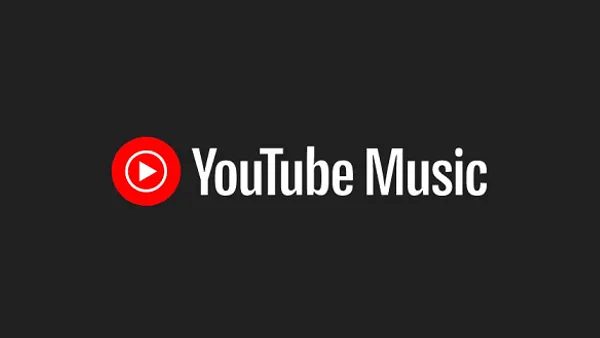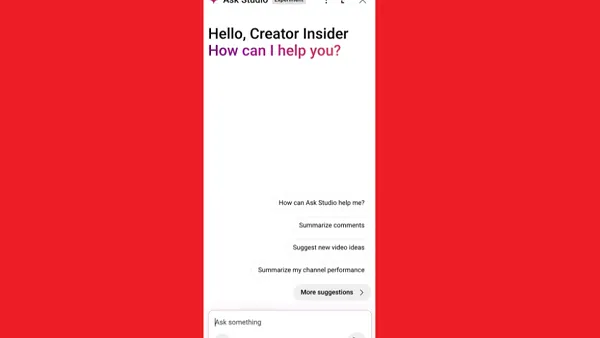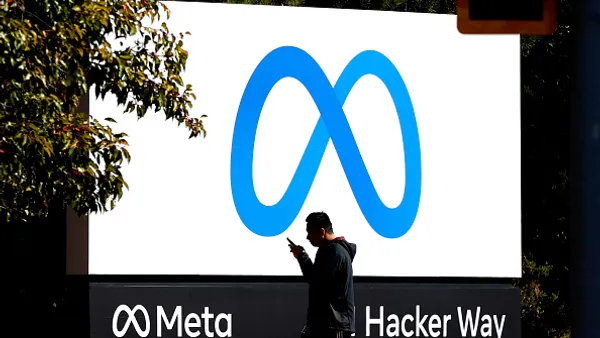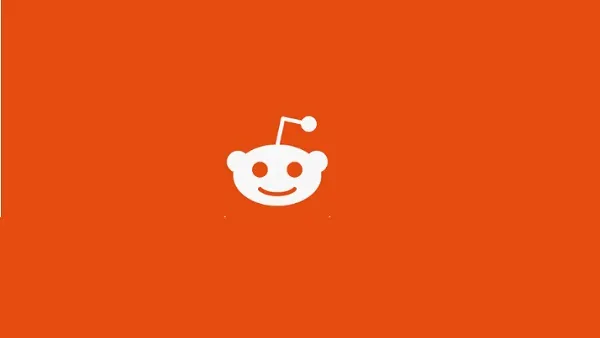If you're looking for a best-practices playbook for Facebook moderation and brand engagement, start studying the model used on the Page of Sarah Palin's Alaska, an 8-part television series on TLC that concluded last night.
Here are five reasons that I've been impressed with the Alaska approach:
1. The moderation guidelines are easy to find and understand
From the moment you first land on the Page, a custom "Welcome" landing tab presents you with a summary of the "Community Rules" that govern fan participation.
These moderation guidelines couldn't be more straightforward: Be polite, and stay on topic. You don't need to call a lawyer to interpret that!
2. Extra transparency: The moderators identify themselves
Facebook admins can't easily post as themselves on their own brand Pages, but the multiple Alaska moderators work around that by adding their names and titles at the start of their comments: "[Adam L., Directors Cut editor]"; "[Scott H., Not Taking Sides editor]"; etc. There is never a question about whom fans are actually engaging with.
3. The moderators sound like actual people!
The Alaska team communicates with a genuine personality and social voice in the Facebook comment streams, mixing in humor, relevant pop-culture references, and personal stories. They come across as people you'd actually want to watch the show with! Here's an example from Directors Cut editor Adam Littman in a discussion during last night's final episode.:
4. The fans are encouraged to create content
In the two-week break between the penultimate episode and last night's finale, moderators asked fans to submit photos and favorite memories for a digital scrapbook they were putting together. The result was a Scrapblog video (shown below) that mixes the program's own digital assets with plenty of user-generated content, including testimonials, watch-party snapshots, and even holiday greeting cards!
5. The moderators cross-promote their online channels
The Palin Facebook Page essentially serves as the "hub" in the show's hub-and-spoke social media content model. Here are the spokes:
- SPAlaska.com: The content "hub," featuring multiple blogs
- An @SPAlaska Twitter handle
- A BlogTalkRadio "TalkBack Live" podcast
- Flickr photos
- A Scribd channel for lengthier text documents, including podcast transcripts
- A set of SlideShare presentations
At the hub (the Facebook Wall), the Palin moderators can provide timely responses to observations and questions, while also directing fans to the spokes for additional rich content, such as a behind-the-scenes video clip or an interview with a media critic.
All told, a smart approach, and one that has given fans a visible, friendly outlet to connect around a show they've grown to love.












